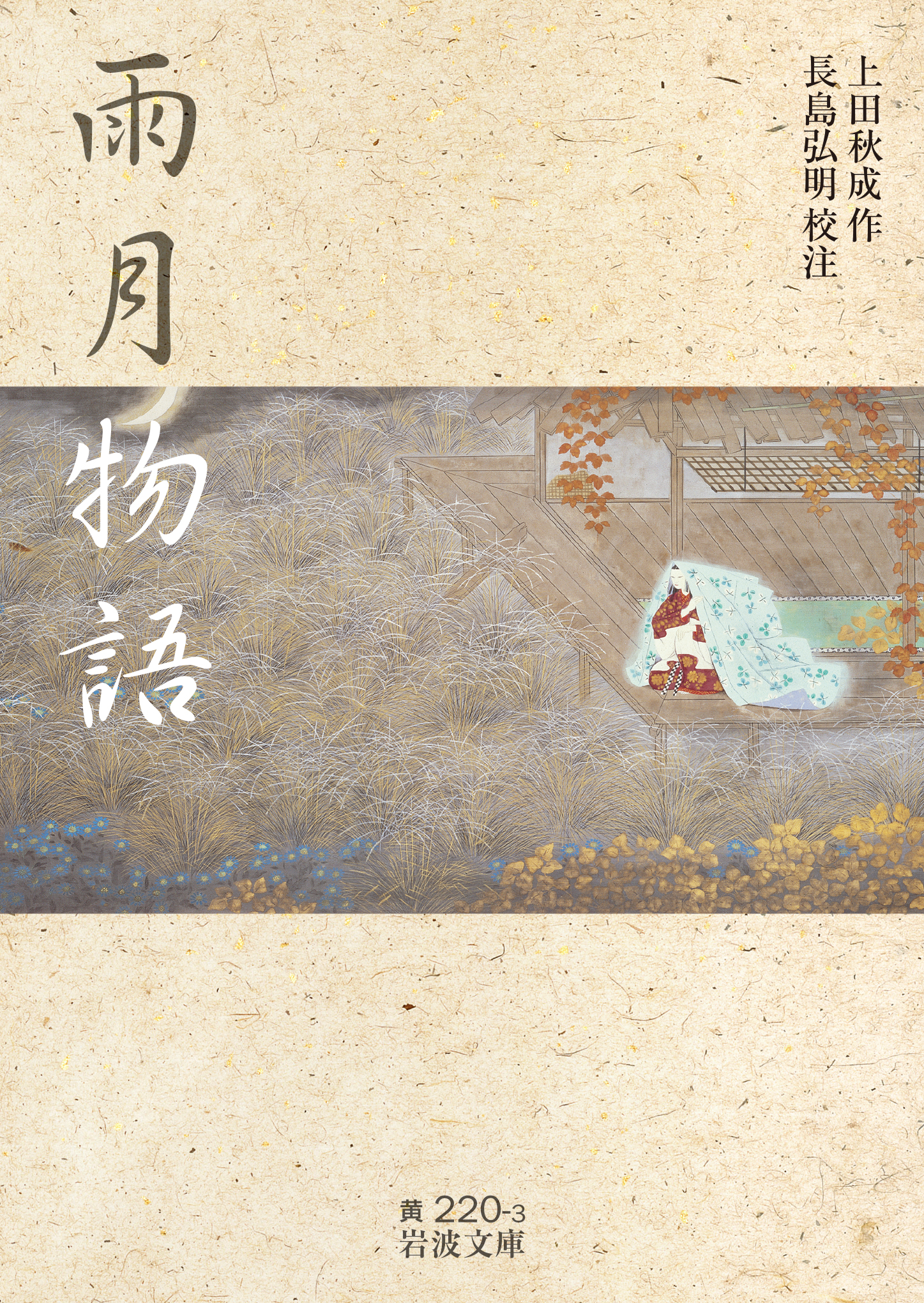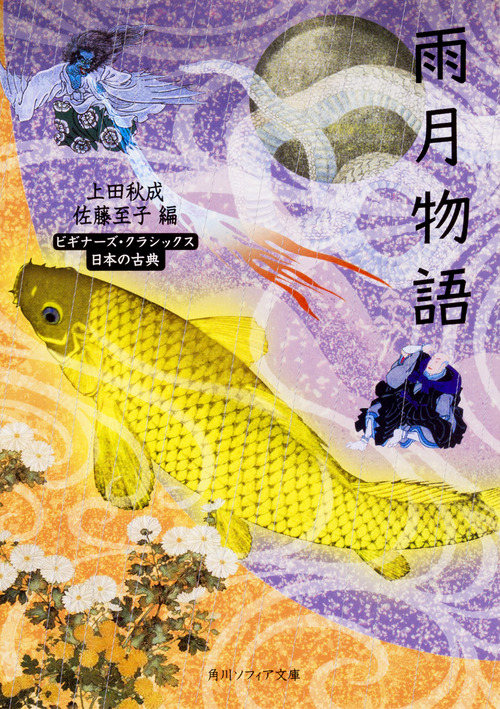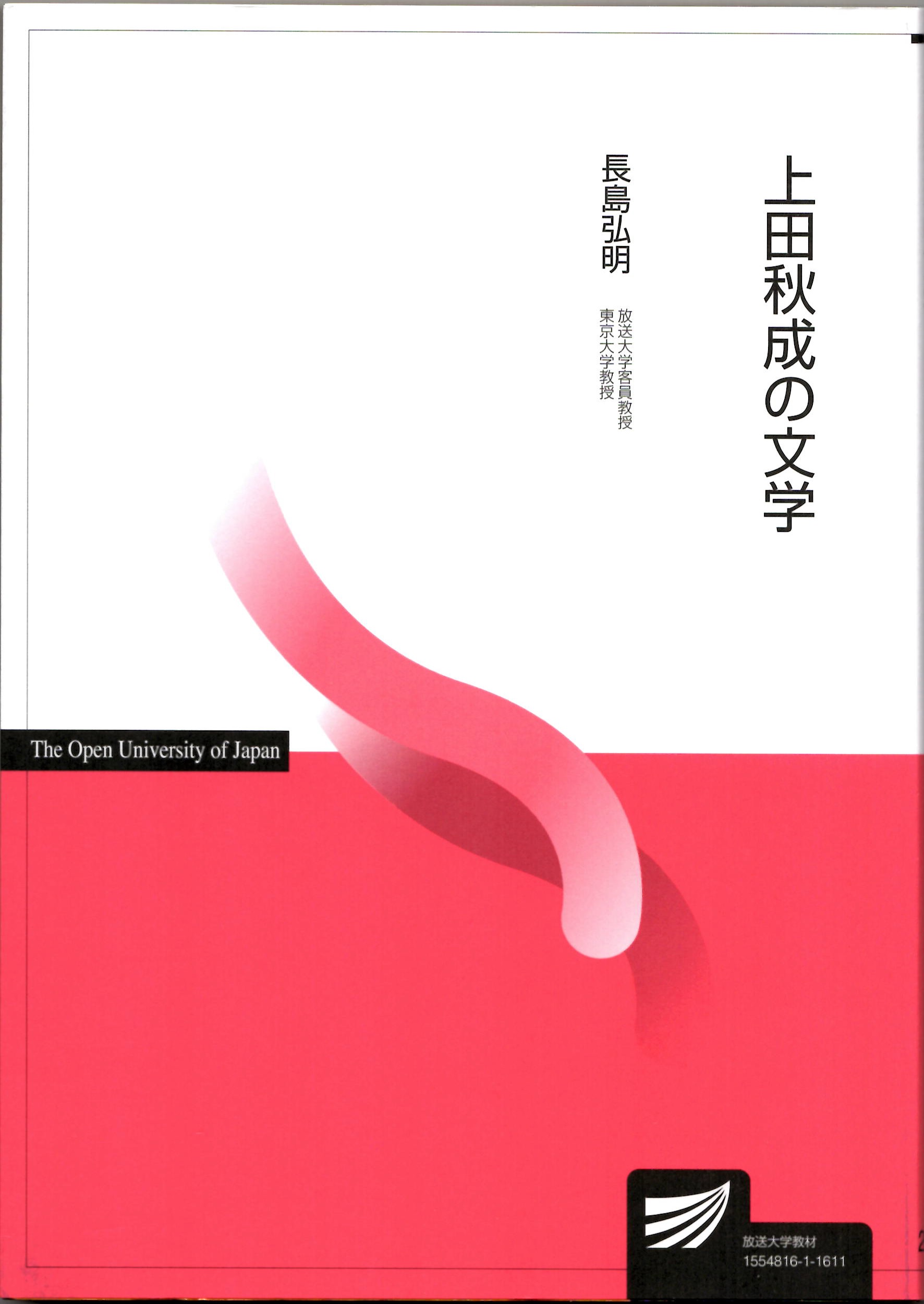
Title
Iwanami Bunko Edition Ugetsu Monogatari (Tales of Moonlight and Rain)
Size
272 pages, pocket edition
Language
Japanese
Released
February 16, 2018
ISBN
9784003022030
Published by
Iwanami Shoten
Book Info
See Book Availability at Library
Japanese Page
Of the works by Edo period writer Ueda Akinari (1734–1809), the most famous is his 1776 Ugetsu Monogatari. While respecting the original, this print version includes explanatory notes for ease of reading. Ugetsu Monogatari is a collection of nine supernatural stories, and is considered one of the best works in its genre from the Edo period. The nine stories take place in a variety of eras, from the Heian period (794-1185) to the Edo period. Their main characters are diverse, and include famous historical figures—such as Shutokuin, Saigyō, and Toyotomi Hidetsugu—as well as typical characters such as a samurai, a scholar, a farmer, a Buddhist monk, a merchant, a Shinto priest’s daughter, the son of a fishermen’s boss, and even a snake-god and golden spirit. The stories vary in content as well. One finds themes such as vengeance and love, as well as transfiguration and a person-eating demon.
While at first glance the stories’ content and main characters’ personalities seem to be completely different, paying close attention one finds that all the characters are driven by their emotions and sacrifice themselves to attachment: the desire for revenge, attachment to a promise, lust… These emotions, the absurd nature of the world that surrounds the characters, and the impossibility of salvation are themes that consistently run throughout Ugetsu Monogatari. On the one hand, in “The Chrysanthemum Pledge,” one finds Akana Sōemon, who kills himself to keep a promise to meet someone, and in “The Cauldron of Kibitsu,” Isora transforms into a demon out of ill will towards her husband who betrayed her. The Buddhist monk in “The Blue Hood,” on the other hand, becomes a human-eating demon after consuming the corpse of his boy lover. In this way, the main characters of these stories deviate from common sense and in the end cross the boundary between reality and the other world. However, they are certainly not monsters, completely different than humans. Sticking to impulses and attachments that exist in everyone yet are normally hidden behind the everyday, they took their own lives. In this sense, they are actually very human. Rather than being about scary spirits, ghosts, or goblins, Ugetsu Monogatari depicts and investigates the inexplicable nature of humans. Though written during the Edo period, it does not feel outdated at all.
Ugetsu Monogatari is a collection of spooky stories depicting humans; therefore, in order for readers to fully appreciate this work, I included not only thorough explanatory notes but also a long essay at the end of the book that provides a short biography and profile of Akinari, as well as details of the circumstances that led him to write this work and the materials he drew on for its tales. Those who find this book interesting are also invited to read my Ugetsu Monogatari No Sekai (The World of Ugetsu Monogatari, Chikuma Gakugei Bunko, 1998) and Ueda Akinari No Bungaku (Ueda Akinari’s Literature, Hōsō Daigaku Kyōiku Shinkōkai, 2016).
(Written by NAGASHIMA Hiroaki, Professor, Graduate School of Humanities and Sociology / 2018)



 Find a book
Find a book



